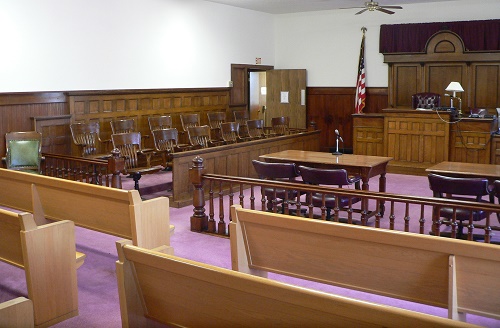In January of this year, the United States Supreme Court entered a decision declaring part of California’s felony sentencing structure unconstitutional. (Cunningham v. California)
Before going into the how and why, it might be good to give a short background on how California sentences people convicted of felony crimes. Most people convicted of felony crimes in California are subject to the “Determinate Sentencing Law,” meaning that the judge will impose a determinate or definite sentence, as opposed to an indeterminate or indefinite sentence. For instance, in a determinate sentence case, the law will provide for three possible terms of imprisonment – a lower term, a middle term, and an upper term. As an example, anyone convicted of a felony assault with a deadly weapon charge could be sentenced to state prison for either 2, 3, or 4 years.
Here, 2 years is the lower term, 3 is the middle, and 4 is the upper.
In an indeterminate sentence case, the law provides that the person will serve an unspecified period of time with the prison officials being given discretion to decide how long to actually hold the person. For instance, anyone convicted of second degree murder can be sentenced to state prison for 15 years to life. In such a case, the person must do at least 15 years before becoming eligible for release on parole; however, it would be up to the prison as to when after 15 years it might release the person. Put simply, the prison must hold the person for 15 years and can either release the person at the end of 15 years, or hold the person for as long as they deem appropriate after that – possibly even deciding to never release the person.
The Court in the Cunningham case did not deal with indeterminate sentence cases, but only with determinate sentence cases, and the specific issue before the court was whether imposing an upper term sentence violated a defendant’s right to a jury trial under the US Constitution.
The US Supreme Court’s concern was that, under the DSL, once a defendant was convicted of a crime, the sentencing judge was required to impose the middle term unless the judge found that “aggravating factors” in the case warranted an upper term sentence (or unless the judge found that “mitigating factors” in the case warranted a lower term sentence). The US Supreme Court had previously ruled in several different cases that the Constitutional right to a jury trial guarantees that any fact that is used to increase a person’s sentence above the “statutory maximum” must be proven to a jury beyond a reasonable doubt. Thus, the question before the High Court in Cunningham was whether the “statutory maximum” was the middle term or the upper term.
The Cunningham court ruled that, under the DSL, the middle term, and not the upper term, is the “statutory maximum” and, accordingly, when a judge imposes upper term, the judge violates a defendant’s right to a jury trial because the facts that the judge uses to justify increasing the sentence from middle to upper term are never presented to the jury and proven to be true beyond a reasonable doubt. Accordingly, the High Court reversed the sentence.


